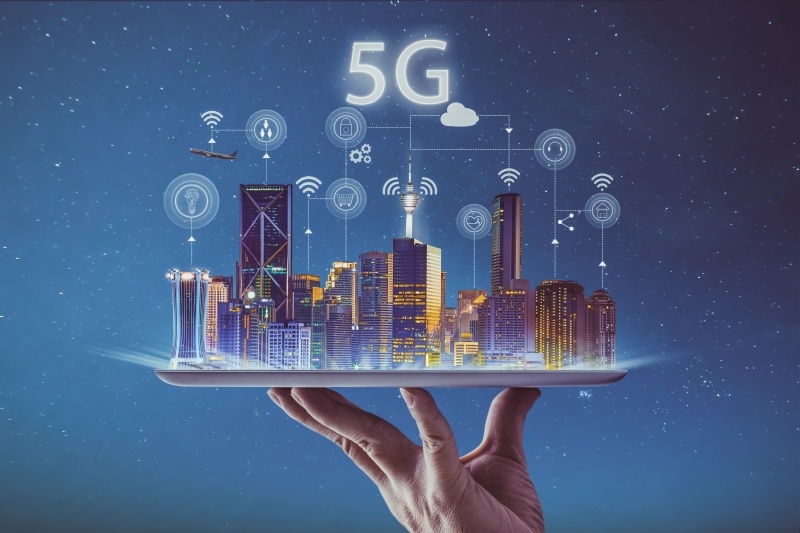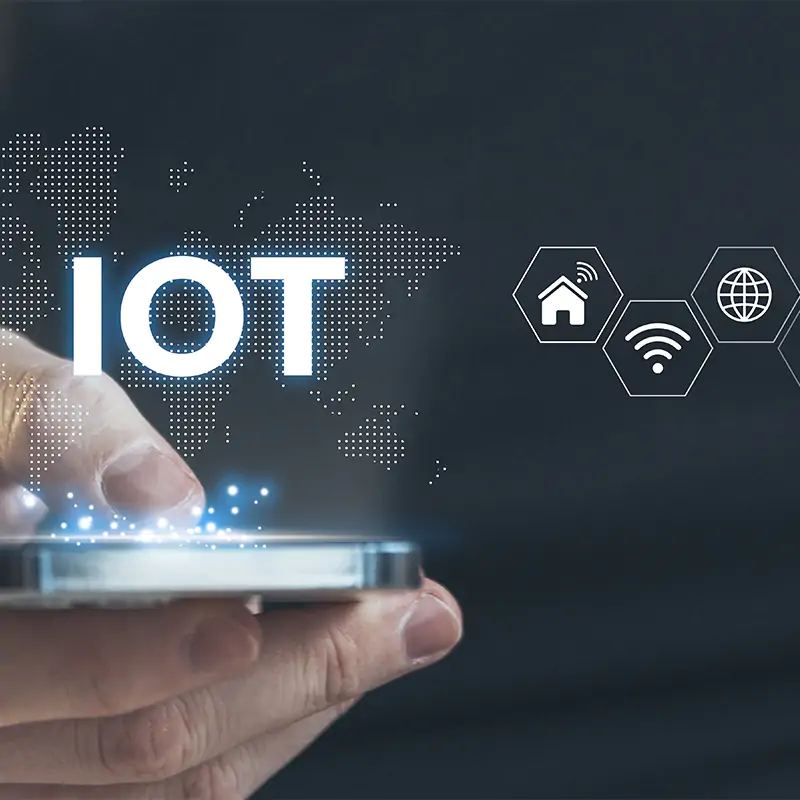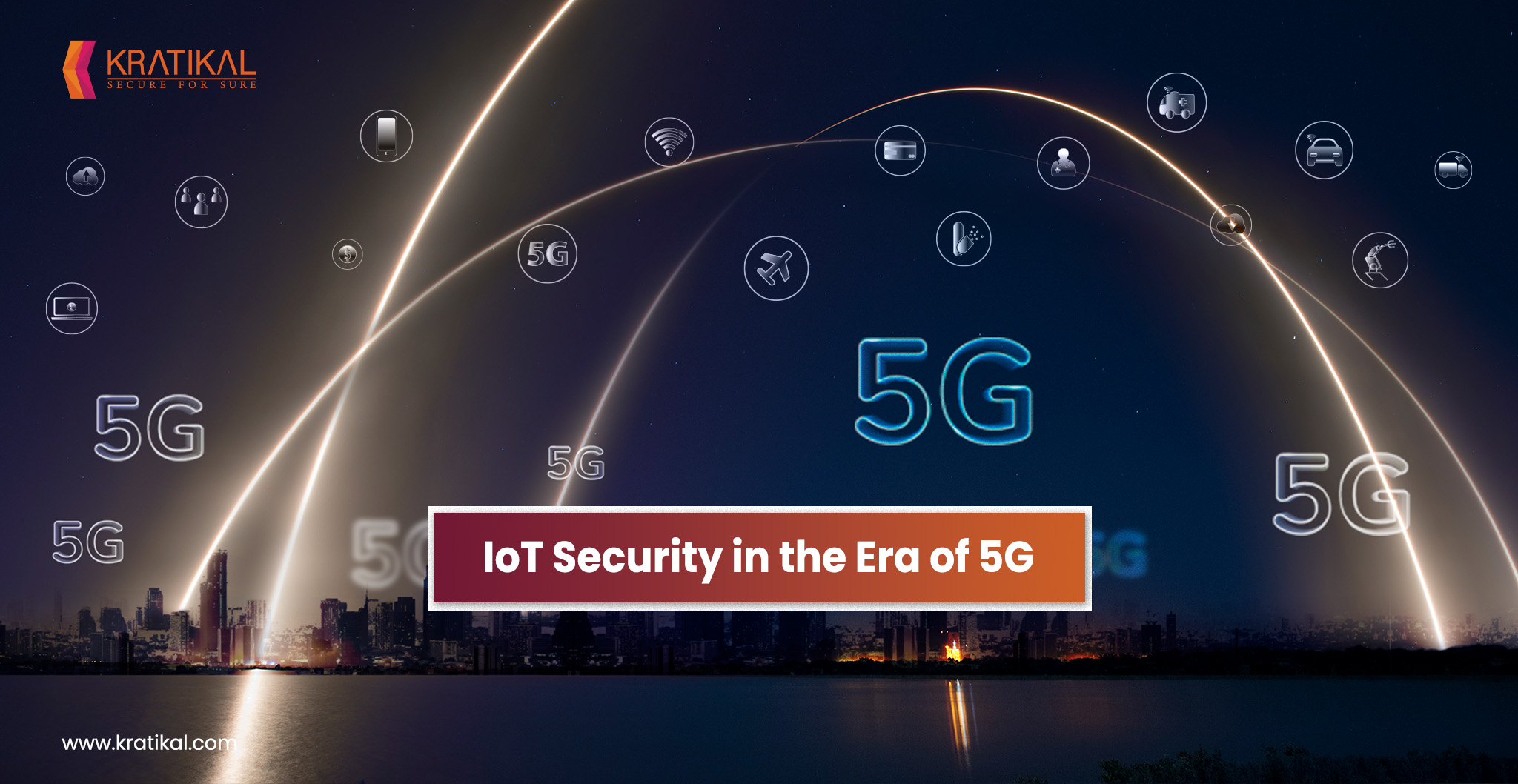IoT Security in the Era of 5G
 Harmanjeet
Harmanjeet
In the ever-evolving landscape of technology, the integration of IoT (Internet of Things) devices has ushered in a new era of interconnectedness and efficiency. With the advent of 5G technology, promising unprecedented speed and connectivity, the potential for IoT applications seems limitless. However, this rapid expansion also brings forth significant challenges, particularly in terms of security.
The Promise of 5G and IoT
5G technology represents a leap forward in telecommunications, offering faster data speeds, reduced latency, and the ability to connect exponentially more devices simultaneously. This advancement is poised to revolutionize various industries, from healthcare and transportation to manufacturing and smart cities. IoT devices, ranging from smart thermostats to industrial sensors, stand to benefit immensely from these capabilities, enabling real-time data processing and enhanced automation.
Security Challenges Amplified
Despite its transformative potential, the convergence of IoT and 5G presents complex security challenges. IoT devices are notorious for their susceptibility to cyberattacks due to factors such as weak authentication mechanisms, lack of encryption, and outdated firmware. The sheer volume and diversity of connected devices under 5G networks exacerbate these vulnerabilities, creating a vast attack surface for malicious actors to exploit.

Key Security Threats
Device Vulnerabilities: Many IoT devices have limited processing power and memory, making it difficult to implement robust security measures. This leaves them vulnerable to malware, data breaches, and unauthorized access.
Network Security: 5G networks introduce new security protocols and architectures, but they also introduce potential vulnerabilities, such as increased exposure to interception and spoofing attacks.
Data Privacy: IoT devices collect vast amounts of sensitive data. Ensuring end-to-end encryption and secure data storage becomes crucial to protect user privacy.
Mitigating Risks: Strategies for IoT Security in 5G
Strong Authentication and Access Control: Implementing multi-factor authentication and role-based access control helps prevent unauthorized access to IoT devices and networks.
Encryption: Encrypting data both at rest and in transit ensures that even if intercepted, data remains unintelligible to unauthorized parties.
Regular Updates and Patch Management: Manufacturers must provide timely security updates and patches to address vulnerabilities as they are discovered.
IoT Security Standards: Developing and adhering to robust security standards and frameworks specific to IoT devices can help ensure a baseline level of security across the ecosystem.
Monitoring and Incident Response: Continuous monitoring of IoT devices and networks for suspicious activity, coupled with a well-defined incident response plan, is crucial for mitigating and containing security breaches.
Collaborative Efforts: Industry and Regulatory Landscape
Addressing IoT security in the era of 5G requires a collaborative effort among stakeholders. Industry leaders, policymakers, and regulatory bodies play pivotal roles in establishing guidelines, promoting best practices, and fostering innovation while safeguarding against potential risks. Initiatives such as security certifications for IoT devices and regulatory frameworks that enforce data protection and privacy standards are essential steps toward building a secure IoT ecosystem.
Looking Ahead
As we embrace the transformative potential of 5G-enabled IoT, ensuring robust security measures is imperative to mitigate risks and build trust among users and stakeholders. The convergence of IoT and 5G presents an opportunity to innovate responsibly, leveraging advanced technologies while prioritizing security and privacy. By adopting a proactive approach to security, investing in research and development, and fostering collaboration across sectors, we can navigate the complexities of IoT security in the era of 5G and pave the way for a safer and more interconnected future.

In conclusion, while the integration of IoT with 5G technology holds tremendous promise, safeguarding this interconnected ecosystem requires vigilance, innovation, and a commitment to security-first principles. By addressing these challenges head-on, we can unlock the full potential of IoT in the era of 5G while safeguarding privacy, data integrity, and the resilience of our digital infrastructure.
Subscribe to my newsletter
Read articles from Harmanjeet directly inside your inbox. Subscribe to the newsletter, and don't miss out.
Written by
